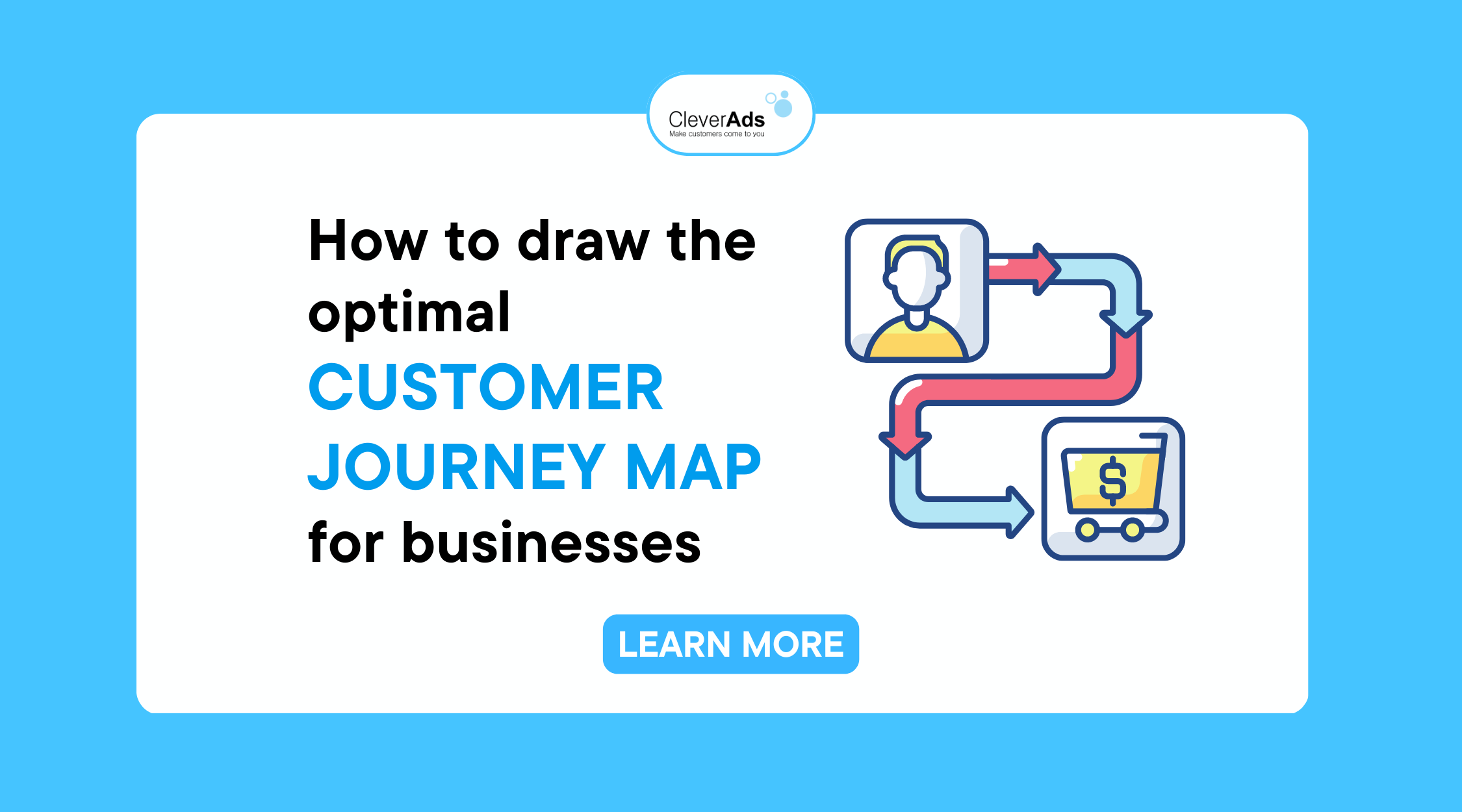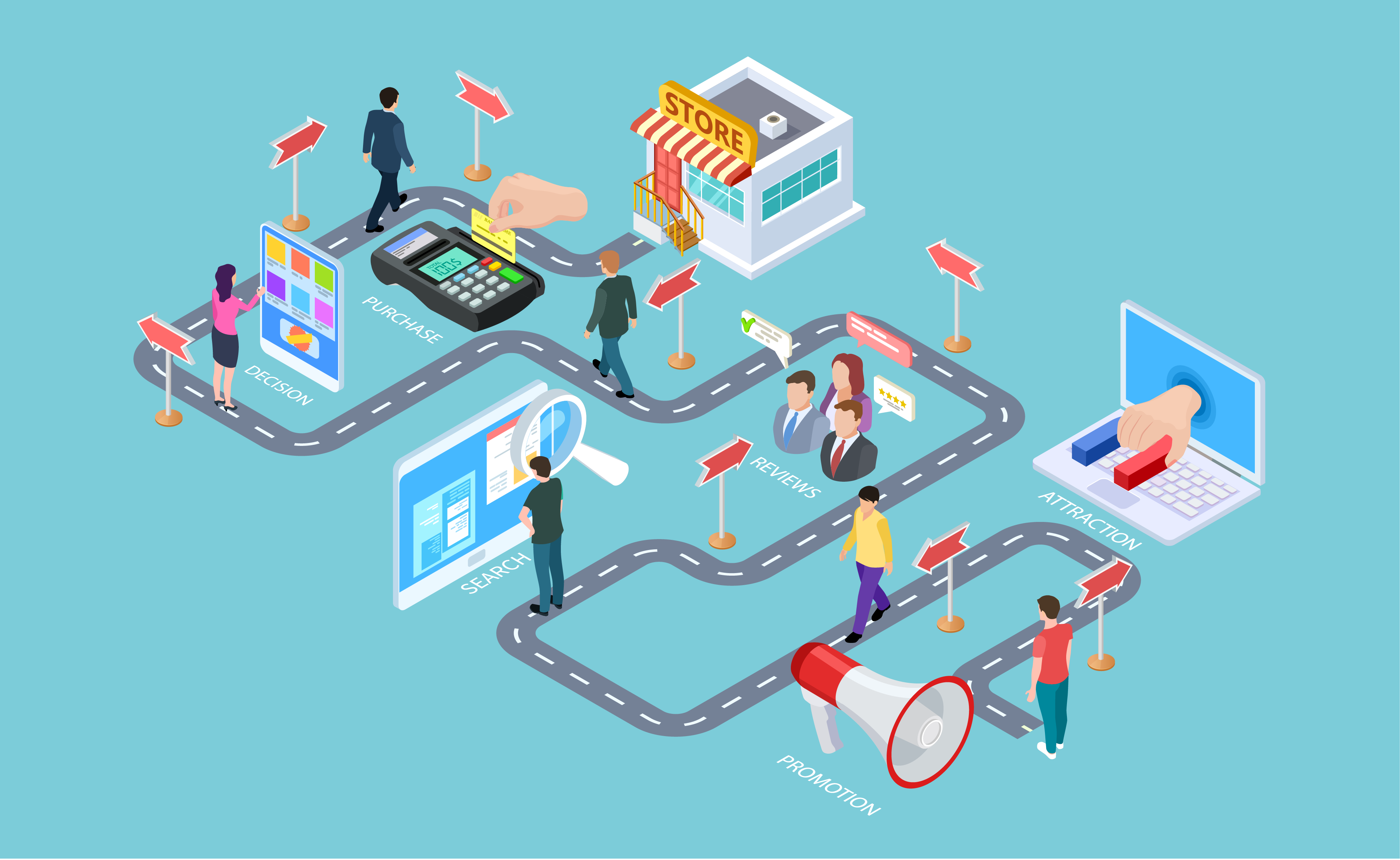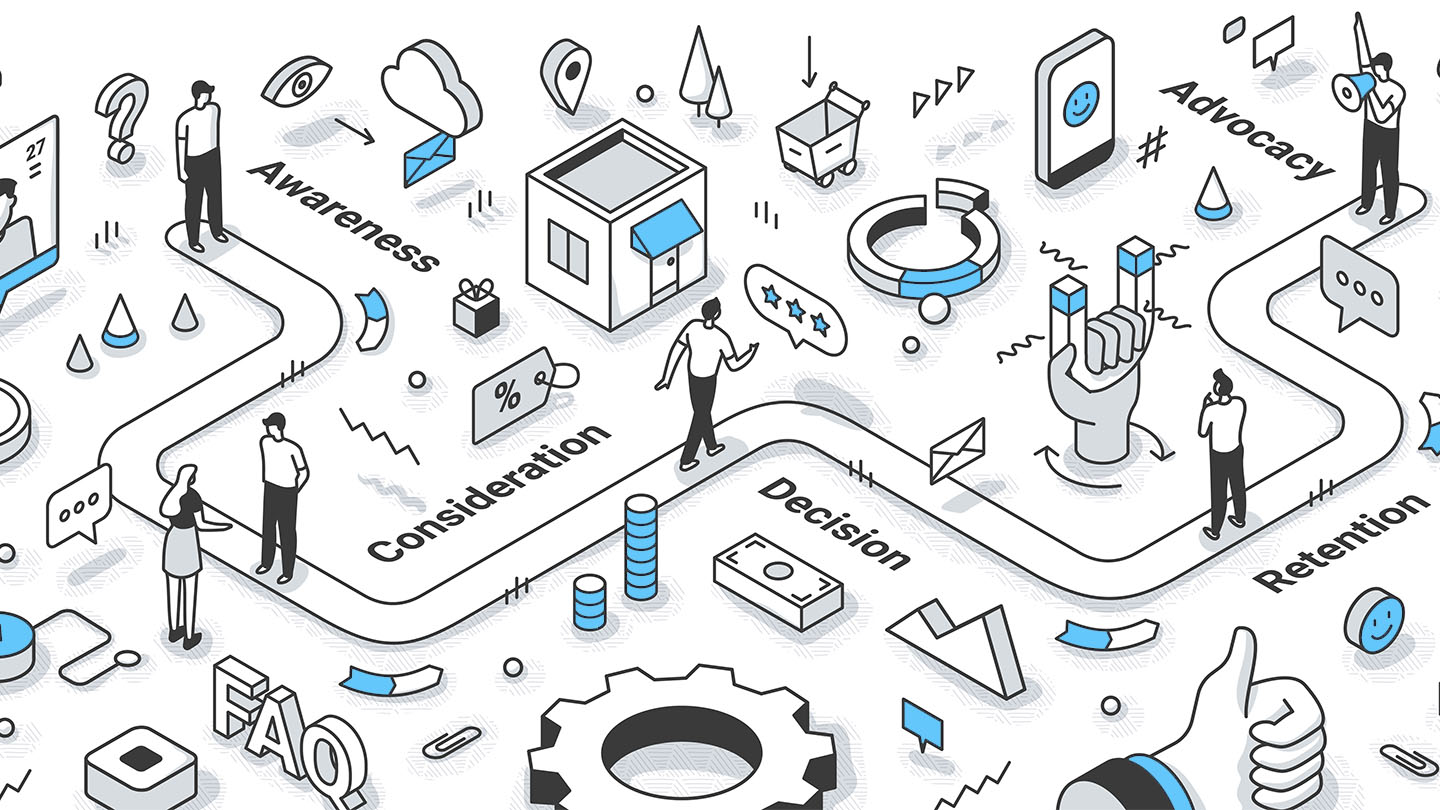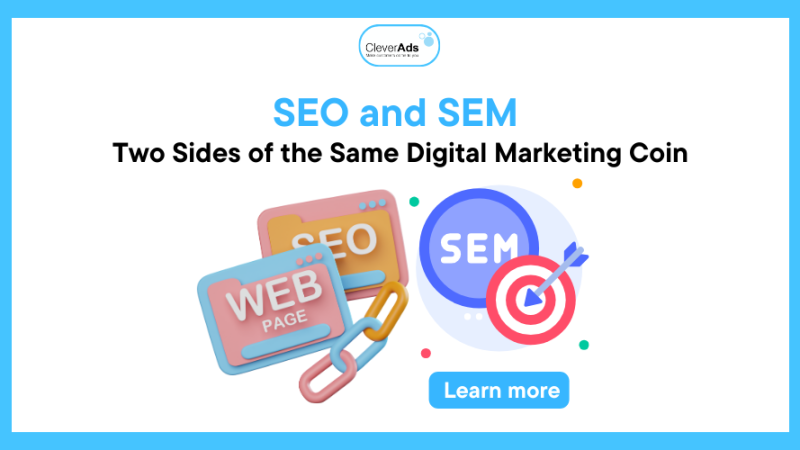How to draw the optimal customer journey map for businesses

The fourth industrial revolution causes customer expectations to increase daily; the average consumer now uses 10 channels to communicate with businesses. These touchpoints create an increasingly complex customer journey, making it harder to consistently ensure a great customer experience. So, how can brands meet these expectations and ensure every customer journey is smooth?
A great way to understand and optimize customer experience is a process known as Customer Journey Mapping.
1. What is the customer journey?
A customer journey is a collection of customer interactions and experiences with a brand when purchasing a service or product. In a word, it’s like a complete interactive map – from how they discover your brand to how they buy and more.
While not all customer journeys are the same, using websites and marketing channels can help businesses guide customers along the journey by taking them to touchpoints (different touchpoints) is easier.

2. Stages of the Customer Journey
The customer journey consists of stages, which are distinct stages that the customer goes through. The different stages make up the complete customer journey.
Three stages make up most journeys: Awareness, Consideration, and Decision. These stages are best suited for offline purchases.
With the development of the digital platform, two more stages in customer experience appear Retention and Experience Sharing (Advocacy). These new stages explore the brand’s touch points with online shoppers.
2.1. Awareness
During the awareness stage of the customer journey, consumers look for solutions and encounter many brands and products. This is the time for businesses to make an excellent first impression.
What consumers do: In this step, consumers may conduct informational research through search engines, from reading blog posts and news articles to online forums to meeting brands.
Businesses can post articles and videos to provide the solution or information they want. Bringing valuable resources to consumers is crucial in this first phase.
2.2. Consideration
At this customer journey stage, consumers interact directly with your brand.
What consumers do: Research specific brands and products, comparing and evaluating competitors, including scrutinizing the characteristics and features of your products and services, and checking Check customer support policies and reviews.
What businesses can do: Assess the importance of user experience (UX). Then, continuously optimize user experience across all touches, including description pages and e-commerce transactions.
2.3. Decision
This stage prompts the customer to take a specific action. Using a dedicated call-to-action (CTA), you encourage customers to purchase, sign up for a mailing list, or sign up for a service. It would be best if you took advantage of this stage to sell your product in the best way to solve the visitor’s problem.
What consumers do: They look at factors such as price versus value, service availability, company values , and policies.
What businesses can do: develop a marketing strategy to offer incentives to potential customers who have visited your website or interacted with your business. Businesses must ensure customers can easily find their return and refund policies. In addition, training the customer support team is necessary so that customers can get their questions answered quickly in the decision-making process.
Read more: What is a CTA? How to use CTA effectively?
2.4. Retention
At this stage, all the business needs to do is retain customers.
What consumers are doing: Depending on your business model, customers are taking advantage of this moment to buy your products online or reserve a service they plan to experience soon.
What businesses can do: Optimize the transaction experience in the Customer Journey. Ensure the quality of your e-commerce website or store, and regularly review how your competitors optimize the customer experience for each touchpoint in the customer journey.
2.5. Advocacy
This stage encourages customers to share their reviews and opinions about your products and services. t
What the consumer is doing: At this point, the customer is using your product or service. The better the results and experience they get with your product, the more likely they are to repurchase and recommend your business to family, friends, or on customer review sites.
What brands can do: Actively contact customers in a friendly and enthusiastic manner. For example, creating a short customer experience survey is a great way to let them know you care about their feedback.

3. Benefits of Customer Journey Map for businesses
A customer journey map is a useful marketing tool that helps businesses better understand their target customers and use that information to lead them to purchase.
A few other advantages of customer journey maps include the following:
- Understand consumer behavior.
- Identify touch points.
- Choose the right marketing method.
- Increase customer experience.
- Increase customer interaction and return rate.

4. How to Create a Customer Journey Map
Customer journey maps are an effective way to learn more about your customers, and creating a customer journey map is simple. Here is the basic 5-step process of drawing a customer journey map suggested by CleverAds:
Step 1: Define your business goals
You’ll need to define your goals before setting up touchpoints for the customer journey map. Goals can include converting more leads into customers, increasing brand awareness, and more.
Step 2: Understand the customer
Collect customer data to learn about their behavior and discover new ways to market to them.
Step 3: List communication methods
Consider all the different ways you can communicate with customers, including social media and email marketing.
Step 4: Check the customer journey
Let’s say you’re a customer and examine your journey to see how you can make it easy for customers to purchase after their initial touchpoint with your business.
Step 5: Edit the customer journey map if necessary
Edit the customer journey map as changes are made to your business. Breaking the map down into stages can help you meet customer needs regardless of their journey.
Conclusion
The customer journey is an important marketing tool for communicating effectively with your customers and leading them to purchase. The easier your customer journey is to track, and the more touchpoints you leverage, the better experience you can deliver. Even after your customers have purchased, provide ongoing support and communication to retain them and foster brand loyalty.



